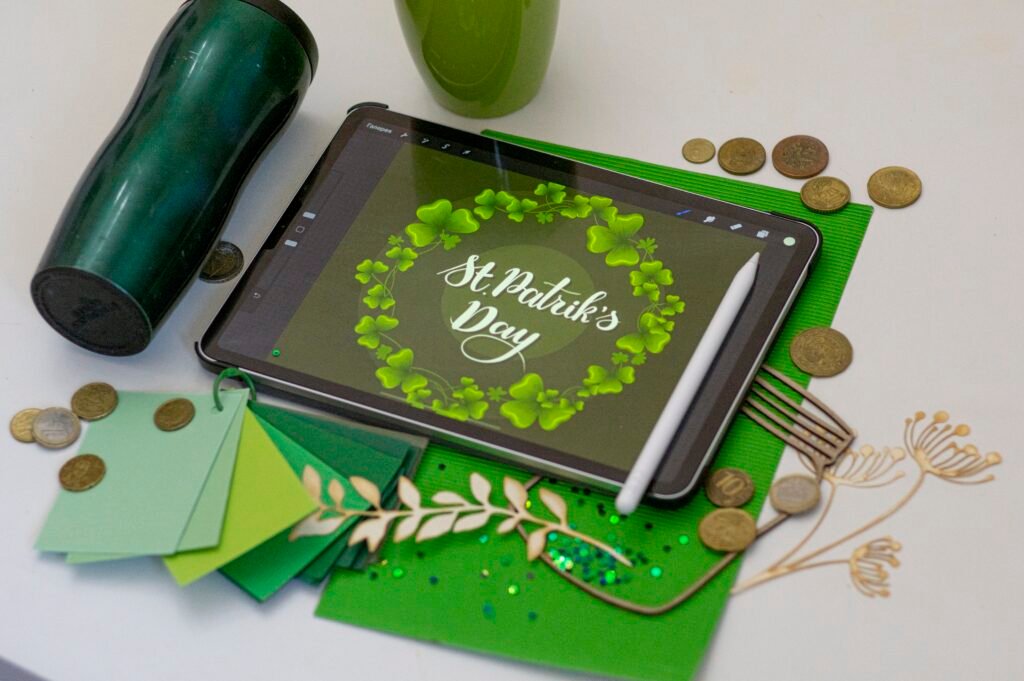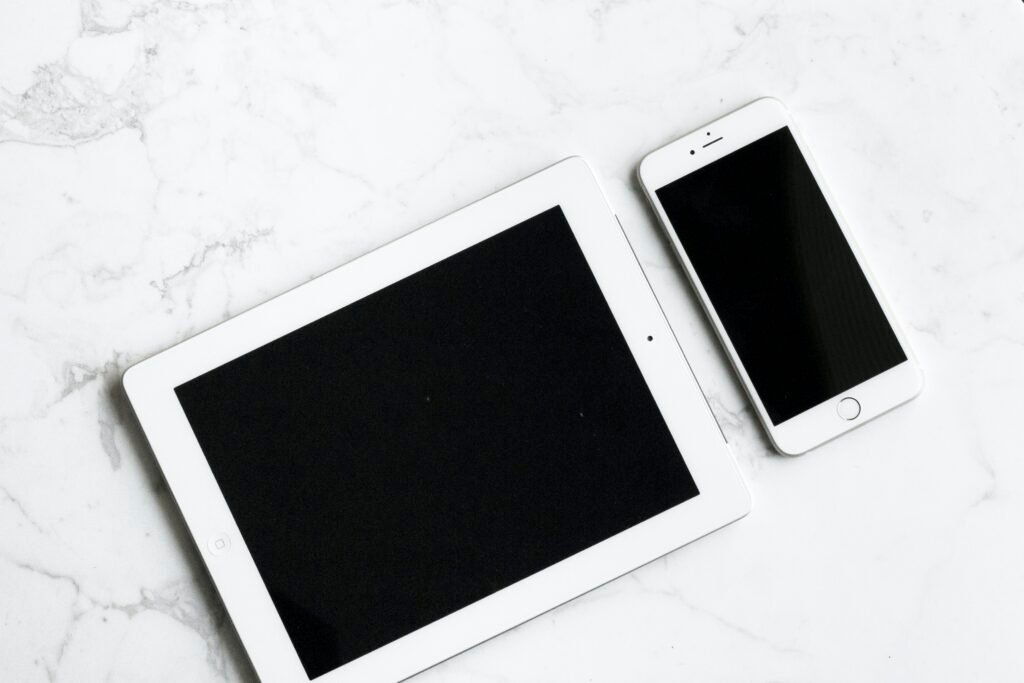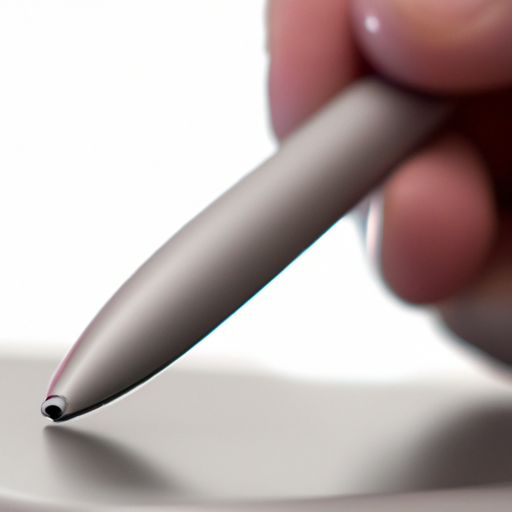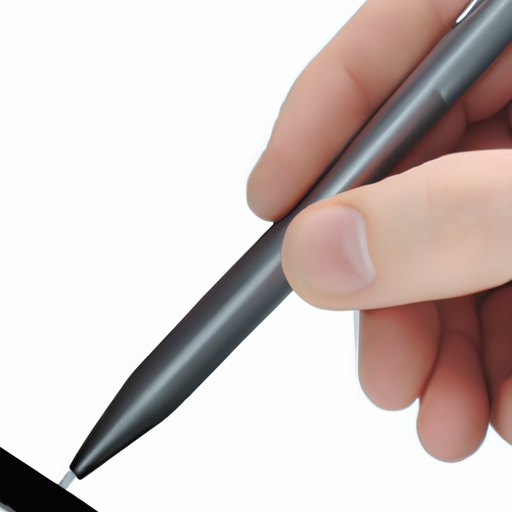In this article, we will discuss the compatibility of stylus pens with touchscreen devices. You will learn about the different types of styluses available and the factors that determine their compatibility. We will also explore the benefits of using a stylus and provide tips on choosing the right one for your device. So, if you’re curious about whether a stylus can enhance your touchscreen experience, keep reading to find out.

Exploring Stylus Compatibility with Touchscreen Devices
Do you ever find yourself wishing for more precision and accuracy when using your touchscreen device? Whether it’s taking notes, drawing, or navigating through menus, the finger touch input sometimes falls short. That’s where stylus compatibility comes into play. With the right stylus, you can unlock a whole new world of possibilities on your touchscreen devices. In this article, we will delve into the concept of stylus compatibility, the different types of styluses available, their compatibility with various touchscreen technologies, factors affecting compatibility, how to check compatibility, the benefits of stylus compatibility, popular stylus brands, and their compatibility, alternatives to stylus compatibility, and future developments in this field.
What is Stylus Compatibility?
Before we dive into the details, let’s first understand what stylus compatibility means. Stylus compatibility refers to the ability of a stylus to work seamlessly with a touchscreen device. It encompasses factors like screen sensitivity, pressure sensitivity, palm rejection, and compatibility with specific operating systems. A compatible stylus ensures that it interacts smoothly with your device, offering enhanced precision and accuracy.
Definition of Stylus
A stylus is a pen-like device used for input on a touchscreen device. It allows for more precise and controlled actions compared to finger touch input. Styluses come in various types, each offering different features and compatibility.
Compatibility with Different Touchscreen Devices
Stylus compatibility varies depending on the type of touchscreen technology utilized by the device. The most common types of touchscreen technologies are resistive, capacitive, surface acoustic wave, infrared, and optical.
Types of Stylus
To understand stylus compatibility better, let’s explore the different types of styluses available in the market:
Passive Stylus
A passive stylus is a basic stylus that doesn’t require any power source or electronics. It works by mimicking the touch of a finger on a capacitive touchscreen. While this type of stylus is generally compatible with most touchscreen devices, it lacks advanced features like pressure sensitivity.
Active Stylus
An active stylus, on the other hand, incorporates electronic components and requires a power source like a battery to function. This type of stylus offers more advanced features, including pressure sensitivity and palm rejection. However, its compatibility may be limited to devices that support active stylus input.
Capacitive Stylus
A capacitive stylus is designed specifically for capacitive touchscreens found in most modern smartphones and tablets. It utilizes conductive material, such as a special rubber tip, to interact with the touchscreen. Capacitive styluses are generally compatible with a wide range of capacitive touchscreen devices.
Electromagnetic Stylus
An electromagnetic stylus uses a combination of sensors and electromagnetic fields to interact with the touchscreen. This type of stylus is commonly used in devices with electromagnetic digitizers, such as certain tablets and graphics tablets. Electromagnetic styluses offer high precision and pressure sensitivity, but their compatibility is limited to devices equipped with the necessary technology.
Compatibility with Various Touchscreen Technologies
Now that we have explored the different types of styluses, let’s discuss their compatibility with various touchscreen technologies:
Resistive Touchscreen
Resistive touchscreens are composed of several layers that create a pressure-sensitive surface. Passive styluses generally work well with resistive touchscreens as they rely on pressure applied to the screen. However, active styluses may not be compatible unless specifically designed for resistive touchscreens.
Capacitive Touchscreen
Capacitive touchscreens are commonly found in smartphones and tablets. Capacitive styluses, whether passive or active, are generally compatible with capacitive touchscreens. However, active styluses offer additional features like pressure sensitivity, which may require specific compatibility with the device.
Surface Acoustic Wave Touchscreen
Surface acoustic wave touchscreens use ultrasonic waves to detect touch input. While most styluses do not interfere with the ultrasonic waves, it is essential to check for specific compatibility, especially with active or electromagnetic styluses.
Infrared Touchscreen
Infrared touchscreens utilize an array of infrared light-emitting and detecting diodes to detect touch input. Stylus compatibility with infrared touchscreens can vary depending on the specific technology used. Consult the device manufacturer for compatible stylus options.
Optical Touchscreen
Optical touchscreens use a camera or other optical sensors to detect touch input. Stylus compatibility with optical touchscreens may depend on the specific technology implemented. It is advisable to consult the device manufacturer for compatible stylus options.

Factors Affecting Stylus Compatibility
Various factors can influence stylus compatibility with touchscreen devices:
Screen Sensitivity
The sensitivity of the touchscreen display plays a significant role in stylus compatibility. Some devices have higher screen sensitivity, allowing for precise input with any stylus, while others may require a specific type of stylus to achieve the desired accuracy.
Pressure Sensitivity
Pressure sensitivity is a crucial feature for artists and designers, as it allows them to create varying line widths and shading effects. Active and electromagnetic styluses generally offer pressure sensitivity, but not all devices support this feature. Check the device specifications or consult the manufacturer to ensure compatibility.
Palm Rejection
Palm rejection technology enables the touchscreen device to distinguish between stylus input and unintentional touch from the user’s palm. Devices with palm rejection technology are more compatible with styluses, as they prevent accidental touch interference while using the stylus.
Compatibility with Specific Operating Systems
Different operating systems, such as iOS, Android, and Windows, may have different stylus compatibility requirements. Some styluses are specifically designed for a particular operating system, while others offer cross-platform compatibility. Ensure the stylus you choose is compatible with your device’s operating system.
How to Check Stylus Compatibility
To determine stylus compatibility with your device, follow these steps:
Check Device Specifications
Review your device’s specifications to see if it mentions stylus compatibility. Look for terms like “active stylus support” or “capacitive stylus compatible.” Some manufacturers may provide a list of recommended styluses for their devices.
Read Stylus Compatibility Reviews
Research online to find user reviews and experiences regarding stylus compatibility with your device. Look for feedback from users who have tested different styluses on the same device as yours. Their insights can give you a better understanding of which stylus works best.
Consult Manufacturer’s Guidelines
If you are unsure about stylus compatibility, contact the device manufacturer for guidance. Their support team can provide specific recommendations or information regarding compatible styluses for your device.

Benefits of Stylus Compatibility
Stylus compatibility offers several advantages for users:
Enhanced Precision and Accuracy
With a compatible stylus, you can achieve greater precision and accuracy, making tasks like drawing or note-taking more efficient and accurate.
Efficient Note-Taking and Drawing
Stylus compatibility allows for effortless note-taking and drawing. You can easily create detailed diagrams, annotate documents, and jot down ideas directly on your touchscreen device.
Easy Navigation and Interaction
A compatible stylus provides smoother navigation and interaction with touchscreen interfaces. It makes tasks like scrolling, clicking, and selecting icons more effortless and precise.
Popular Stylus Brands and Their Compatibility
Several popular stylus brands offer compatibility with a wide range of touchscreen devices. Here are some notable ones:
Apple Pencil
Apple Pencil is designed specifically for Apple devices, including iPads and certain iPhones. It offers advanced features like pressure sensitivity and palm rejection, providing a seamless user experience for artists, designers, and note-takers.
Samsung S Pen
The Samsung S Pen is compatible with various Samsung Galaxy devices, including the Note series and select tablets. It offers pressure sensitivity and a range of features like Air Command, allowing for precise input and easy access to quick actions.
Microsoft Surface Pen
The Microsoft Surface Pen is designed for Microsoft Surface devices. It offers impressive pressure sensitivity, tilt functionality, and customizable buttons to enhance productivity and creativity.
Wacom Bamboo Pen
The Wacom Bamboo Pen is compatible with a wide range of devices, including those running on Windows, macOS, and Android. It offers excellent pressure sensitivity and precision, making it suitable for artists and note-takers alike.

Alternatives to Stylus Compatibility
If stylus compatibility is not a priority or not feasible for your device, there are alternative input options:
Finger Touch Input
While not as precise as a stylus, finger touch input remains a viable option for general use on touchscreen devices. It allows for basic navigation, scrolling, and selection of icons.
Gloves with Touchscreen Compatibility
Some gloves are designed with touchscreen-compatible materials, allowing you to use your device while wearing them. These gloves offer an alternative to stylus input, particularly in colder environments where using bare fingers may not be ideal.
Future Developments in Stylus Compatibility
Stylus technology continues to evolve, and we can expect several future developments in stylus compatibility:
Advancements in Pressure Sensitivity
Styluses with improved pressure sensitivity will provide even more control and precision in artistic endeavors. As technology advances, we can anticipate higher levels of pressure sensitivity, allowing for more dynamic and expressive input.
Integration with AI and Gesture Recognition
Styluses equipped with AI capabilities and gesture recognition technology will enhance the overall user experience. These advancements will enable stylus input to be more intuitive and natural, opening up new possibilities for creativity and productivity.
Improved Compatibility across Devices
As stylus technology continues to evolve, compatibility across different devices and operating systems will become more widespread. This will allow users to seamlessly switch between devices without sacrificing the benefits of stylus input.

Conclusion
Stylus compatibility with touchscreen devices offers a wide range of benefits, from enhanced precision and accuracy to efficient note-taking and drawing. By understanding the different types of styluses, compatibility with various touchscreen technologies, and the factors affecting compatibility, you can choose the right stylus for your device. Popular stylus brands like Apple Pencil, Samsung S Pen, Microsoft Surface Pen, and Wacom Bamboo Pen provide compatibility and advanced features for different devices and user needs.
Although stylus compatibility is not essential for everyone, it provides an added dimension of functionality and creativity, expanding the possibilities of touchscreen devices. As technology advances, we can look forward to further developments and improvements in stylus compatibility, offering users an even wider range of options for their touchscreen devices. So go ahead, find the stylus that suits your needs, and unlock the full potential of your touchscreen device.
